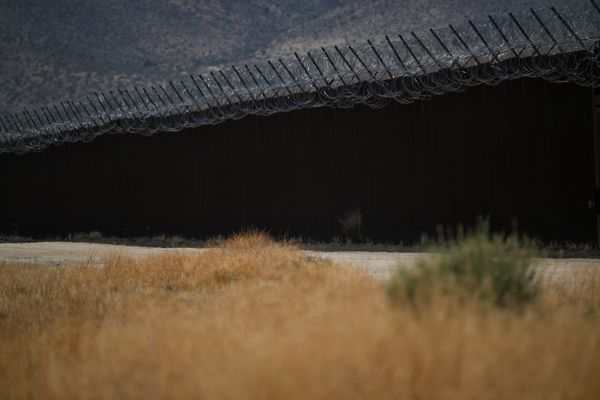
Pencil-long lizards that plunge into streams to evade their predators survive underwater by breathing through a bubble that forms on their nostrils, researchers say.
Water anoles live around rocks and plants near streams and waterfalls in Central and South America and are preyed on by birds, snakes and other lizards, making life in the forest an often short affair.
But the ever-present risk of being eaten alive has driven the lizards to evolve several escape strategies. When camouflage and scarpering for shelter fail, the lizards launch themselves into streams, where they remain submerged until the threat has passed.
Scientists knew that water anoles produced bubbles over their nostrils when diving for cover, but whether the bubbles helped them stay underwater for longer – and so improved their odds of survival – was far from clear.
“We know that they can stay underwater for a really long time,” said Dr Lindsey Swierk, who studies anoles at Binghamton University in New York. “We didn’t know whether there was actually any functional role for this bubble in respiration.”
When water anoles take the plunge, they exhale to produce a bubble that covers their nostrils. But tiny bubbles form naturally on the lizard’s hydrophobic, or water-repellent, skin and these join up with the larger bubble, potentially raising the amount of oxygen available to breathe.
To see whether anoles used their bubbles to breathe underwater, Swierk recorded how long the lizards remained submerged with and without moisturiser smeared on their skin. The moisturiser prevented the bubbles from forming properly.
Writing in Biology Letters, Swierk describes how water anoles stayed underwater 32% longer without the moisturiser to disrupt their bubbles. “When they are prevented from forming regular rebreathing bubbles, they can’t dive quite as long,” Swierk said. While the anoles stayed underwater for only a few minutes in the study, they can be submerged for about 20 minutes in the wild.
Water anoles are so heavily predated that Swierk calls them “the chicken nuggets of the forest”. Their first line of defence on spotting a predator is to freeze and hope their camouflage conceals them. If the predator pursues them, the next option is to make a dash for a crack in a rock. Diving into streams is the last resort, not least because it can lower their body temperature and make them sluggish.
“At least to their human pursuers, like us researchers, diving is by far the most effective means of escape,” Swierk said. “Once underwater, they’re very hard to detect through the moving stream surface.”







